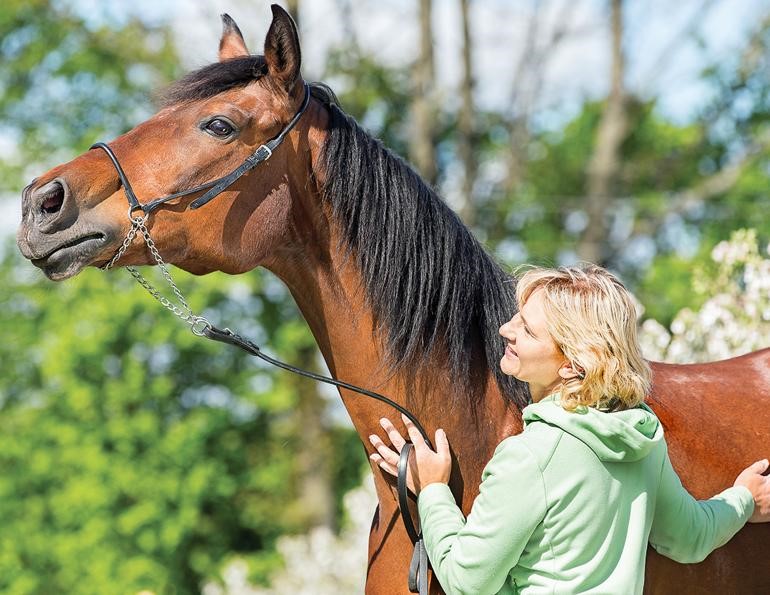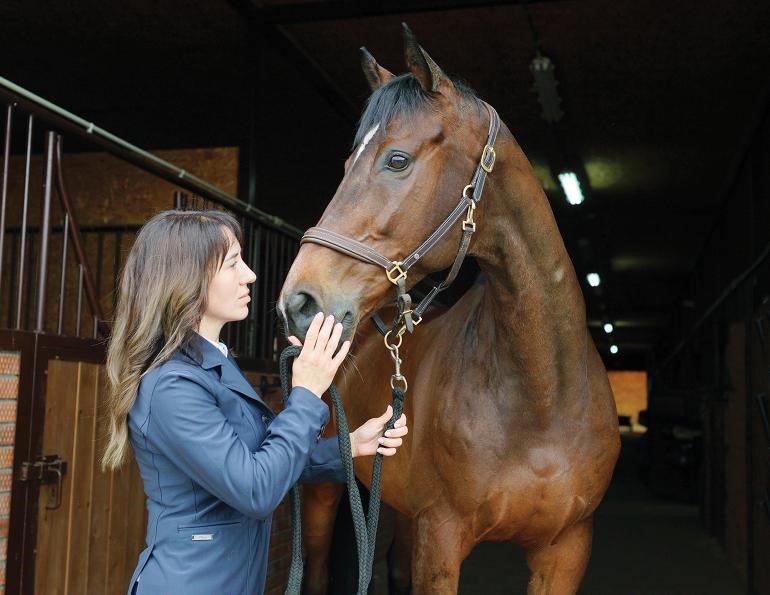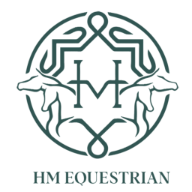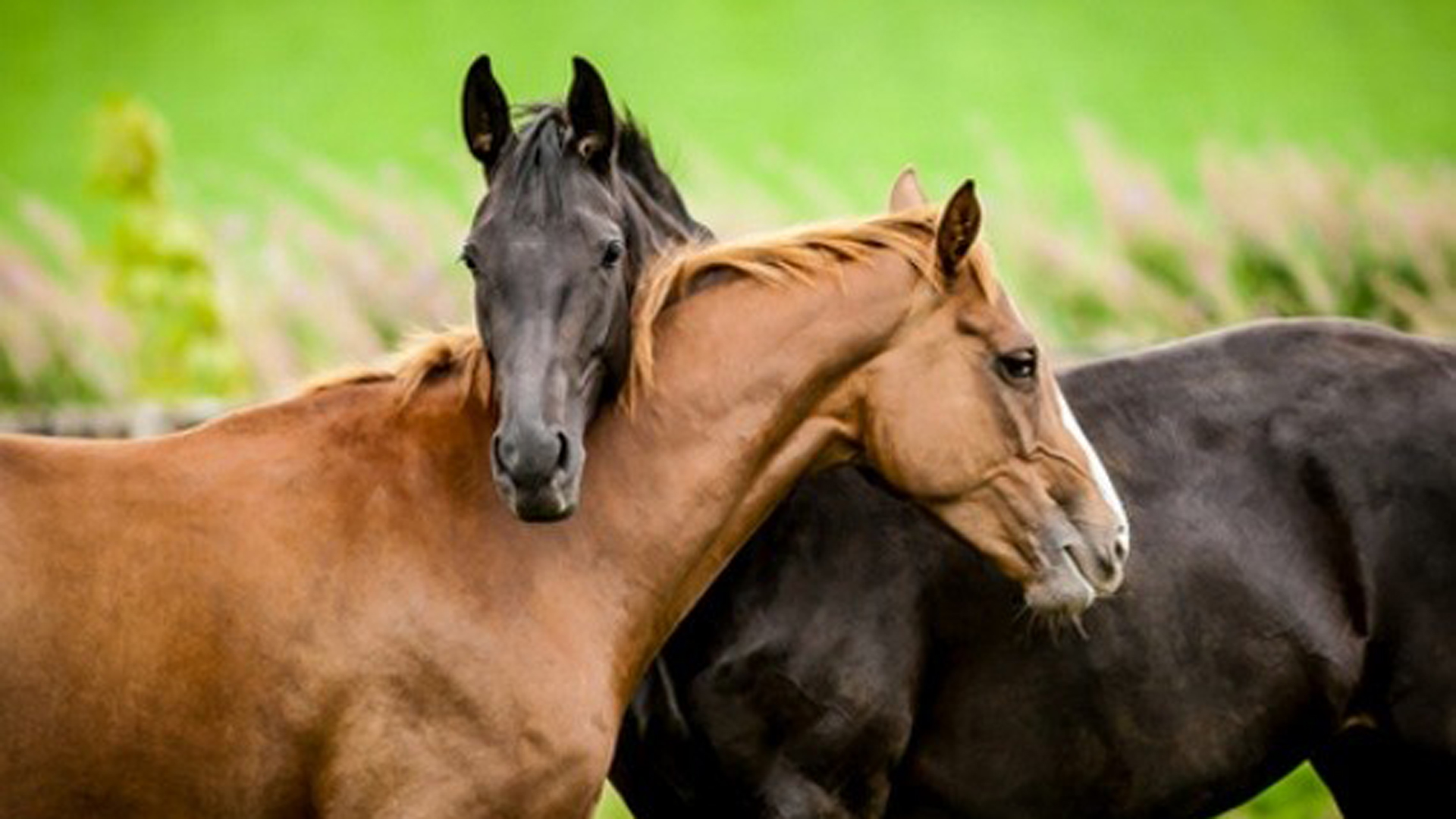Horses are mysterious creatures that weave a tapestry of instincts, emotions, and social quirks in a international where thundering hooves resound and soft nuzzles carry volumes. Their actions, a symphony of mystery, make us marvel:
what drives a horse to bolt in worry on the sound of a whisper, or to form irreversible relationships with certain individuals? Here, within the maze of horse psychology, we unravel the thriller shrouding their behaviour, inviting us to interpret the vocabulary of their trots, bows, and calls.
Understanding equine psychology is a fundamental journey towards conscientious horsemanship, rather than a scholastic pursuit. Exploring their inner workings cultivates a deep sense of empathy and admiration for these magnificent creatures, regardless of whether one is an experienced rider, a casual enthusiast, or just a fan. It also establishes the foundation for successful training, communication, and the development of relationships between humans and horses. By looking into their instincts, minds, and hearts, we create conditions that support their well-being and happiness.
Through this blog, we explore the fascinating realm of equine psychology, deciphering the mystery of horse behaviour in order to extract meaningful understandings into their lives. Our journey includes their evolutionary origins as well as practical uses in handling and training. By delving into areas of sensory awareness, communication protocols, innate instincts, and cognitive abilities, we want to provide a comprehensive understanding of what motivates these horse spirits. Based on true stories and moral reflections, we hope to provide readers with the knowledge and tools necessary to establish mutually beneficial relationships with these remarkable creatures. So grab a saddle and ride along with us as we set off on this fascinating journey into the mind and spirit of the horse.
The Evolution of Equines
Travelling through the evolutionary history of horses reveals a story full of endurance, creativity, and the success of adaptability throughout the centuries. Horse evolution is a fascinating tale of change and resilience, from their modest beginnings as little, many-toed wanderers in lush forests to the beautiful creatures that grace our modern landscapes. This chapter takes us on a journey through the archives of comparative anatomy, genetics, and fossils in an effort to understand the factors that have shaped the behaviour and form of modern horses over millions of years and to uncover the origins of the species. Come stroll with us as we explore the passageways of time, gazing into the far past to shed light on the meandering trail that led horses from their ancestral origins.
Evolutionary Influences on Horse Behavior
The unrelenting forces of natural selection have sculpted horses' behaviour throughout their evolutionary voyage, leaving an enduring impression. Horses have developed a sophisticated repertory of innate reactions over millennia of evolution, precisely calibrated to traverse the untamed terrain of their forebears. The most prominent of these is their natural flight response, which is ingrained in their genetic memory and is a relic from their prey heritage. This innate drive functions as an immediate and effective response to perceived threats; it is a survival tactic that has been fine-tuned over many generations to guarantee prompt escape and increased odds of survival. These deeply rooted impulses have persisted over time, determining how horses interpret even the smallest signs of danger and respond to them. 
Horses' Sensory Perception
Living in a sensory paradise, horses are conscious animals with an amazing array of senses that allow them to vividly see the world around them. Equine senses, which range from sharp eyesight to sensitive hearing and sophisticated smell, are perfectly adapted to their ecological niche and evolutionary history. Here, we set out on an exploration of the sensory universe of horses, removing the cloaks of mystery that obscure their aural symphonies, visual panoramas, and olfactory odysseys. We may see the complex dance of behaviour and communication in a new light as we uncover the mysteries of how these magnificent animals view and interact with their surroundings via the lens of horse sensory perception. Come along as we expose the details of the sensory tapestry that makes up the fabric of equine existence.
The senses of sight, sound, and smell
Horses move through the complex network of sensory mastery with a grace that comes from highly developed senses. Even while their eyesight may not be as good as ours, horses have an excellent sense of movement and minute changes in light and shade, which are essential for assessing their environment. Strategically positioned on either side of their heads, their eyes provide a broad view, acting as a watchful eye out for any threats or intriguing areas.

Horses, however, sense their surroundings with more than just their eyes; their incredible sense of motion allows them to turn on their own to record a plethora of noises coming from all directions. Their keen sense of hearing acts as an early warning system, warning them of impending dangers or strange disruptions. Additionally, it facilitates communication inside
How Equines Interpret Their Environment
The interpretation of sensory signals becomes a cornerstone in the complex dance of equine cognition, helping horses navigate the maze-like environment. Horses interpret nonverbal cues like intent and mood through a symphony of visual cues, from the subtleties of face expressions to the elegance of body language. They had a keen sense of the smallest details, such as an ear tilt or tense muscle, which can reveal a great deal about the intentions and feelings of their relatives as well as the shadows that lie beyond.
Conclusion
The vistas of equine psychology show a tapestry woven with strands of behaviour, communication, and cognition as we pull back on our exploration. We have explored every corner of their universe, from the earliest vestiges of evolution to the complex dance of sensory awareness.
Throughout this journey, we have seen glimmers of the innate drives driving their hooves, the mental agility determining their reactions, and the social nuances defining their relationships. Equipped with this realisation, we are ready to move with unprecedented clarity through the terrain of equine-human partnerships.

